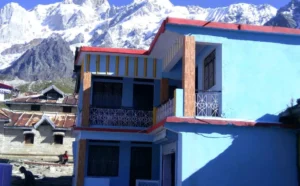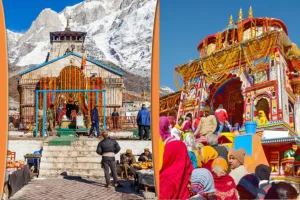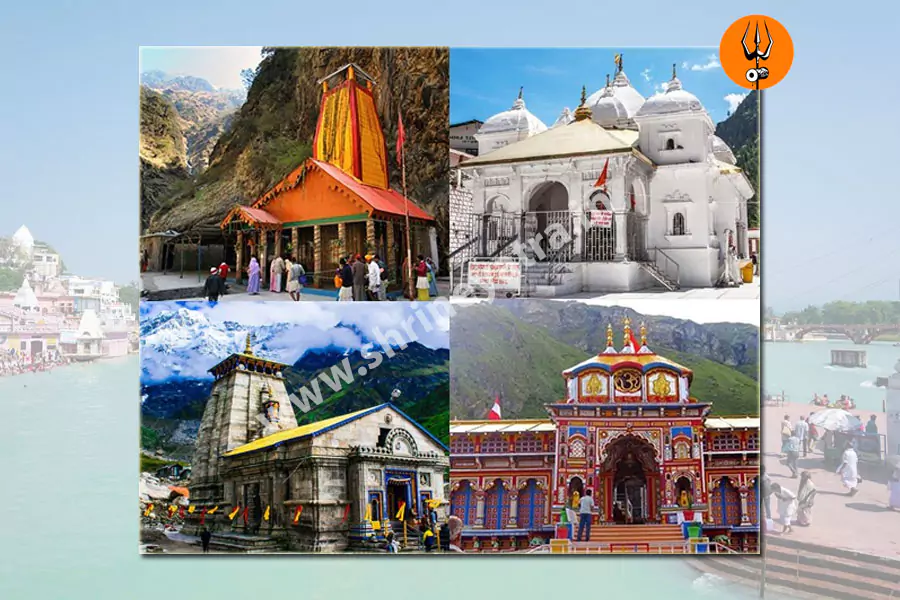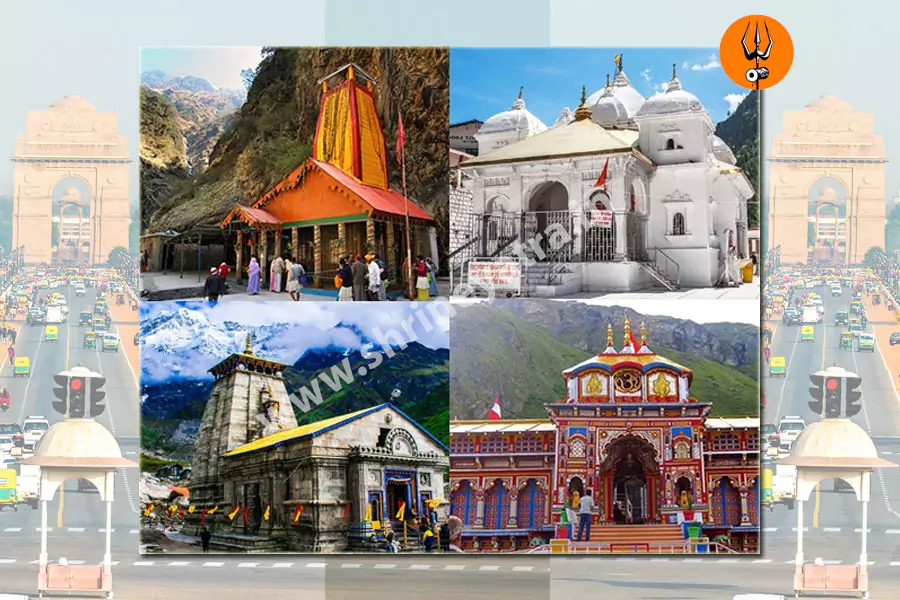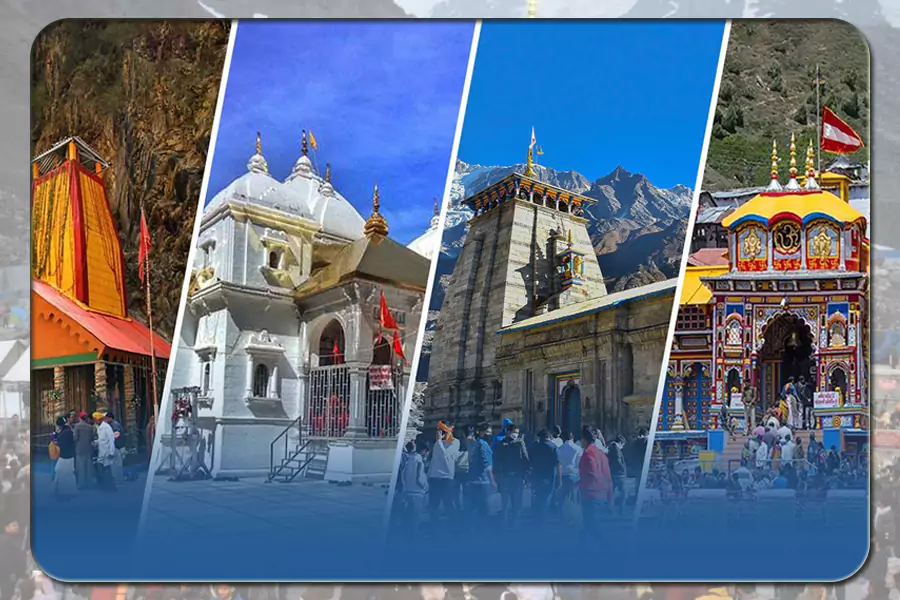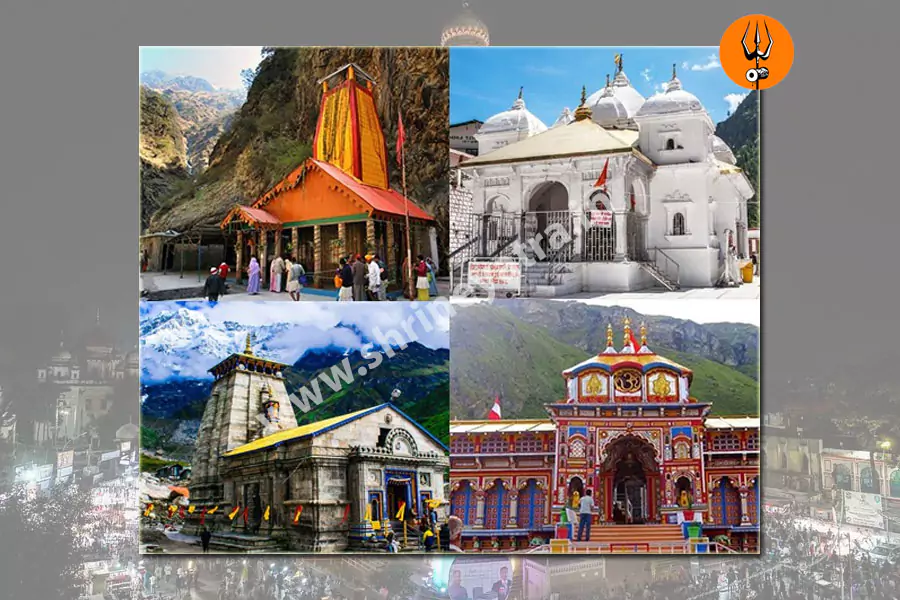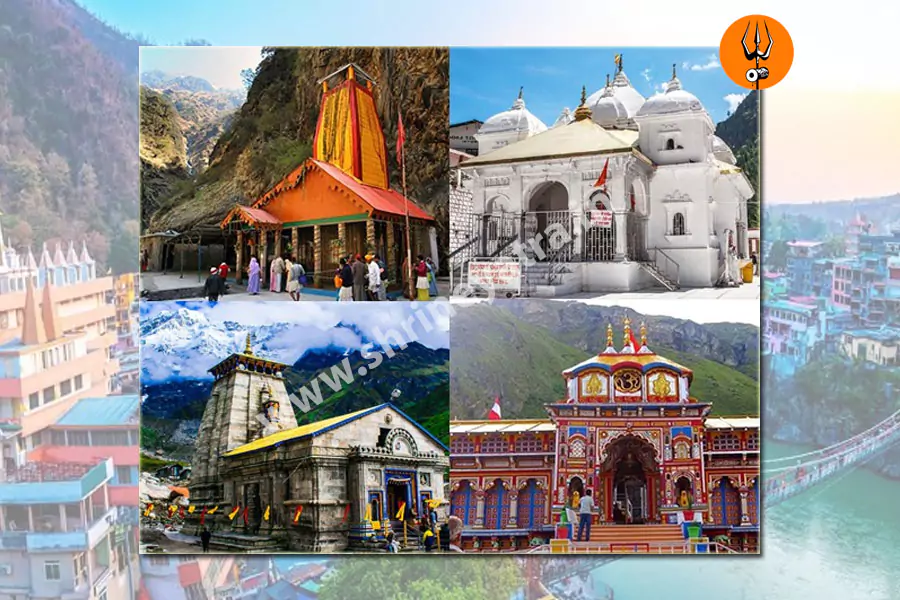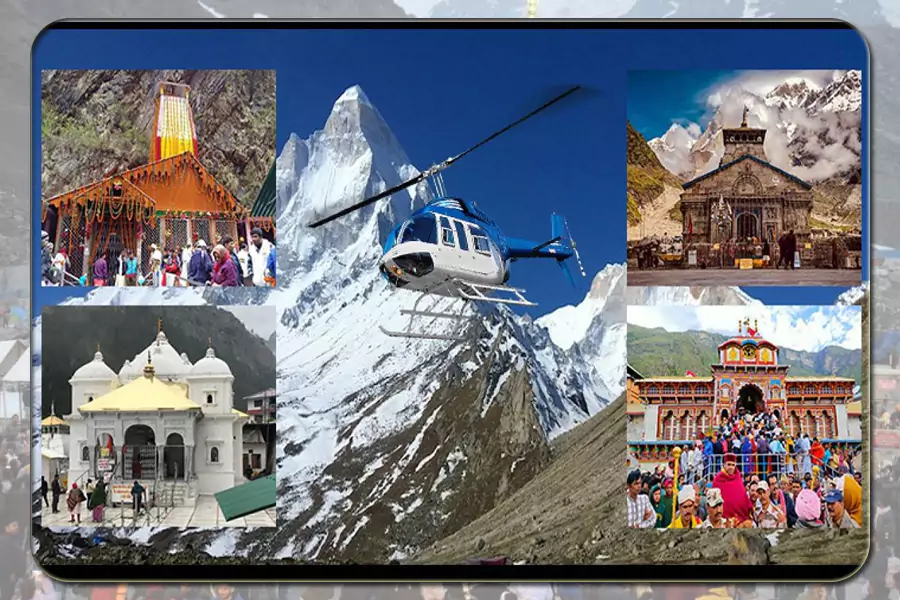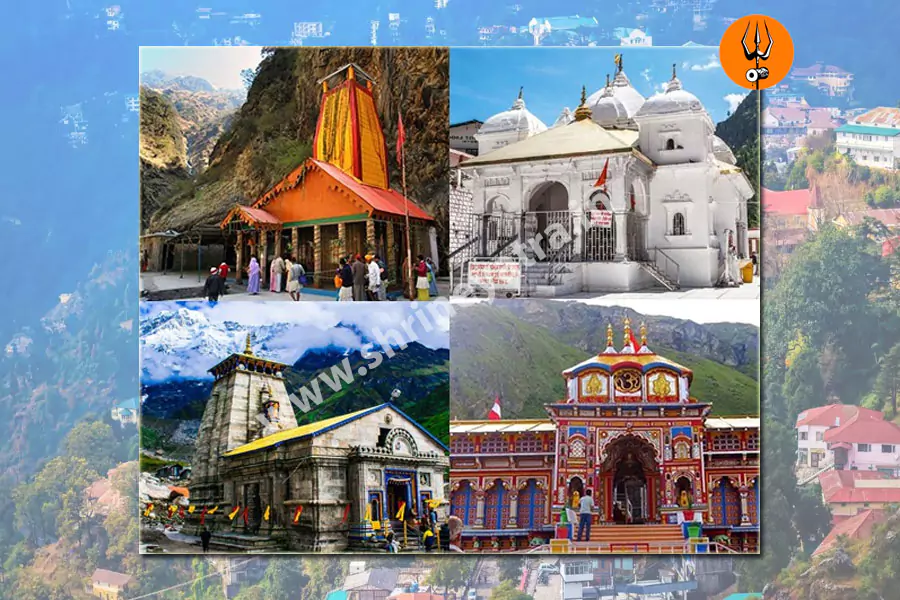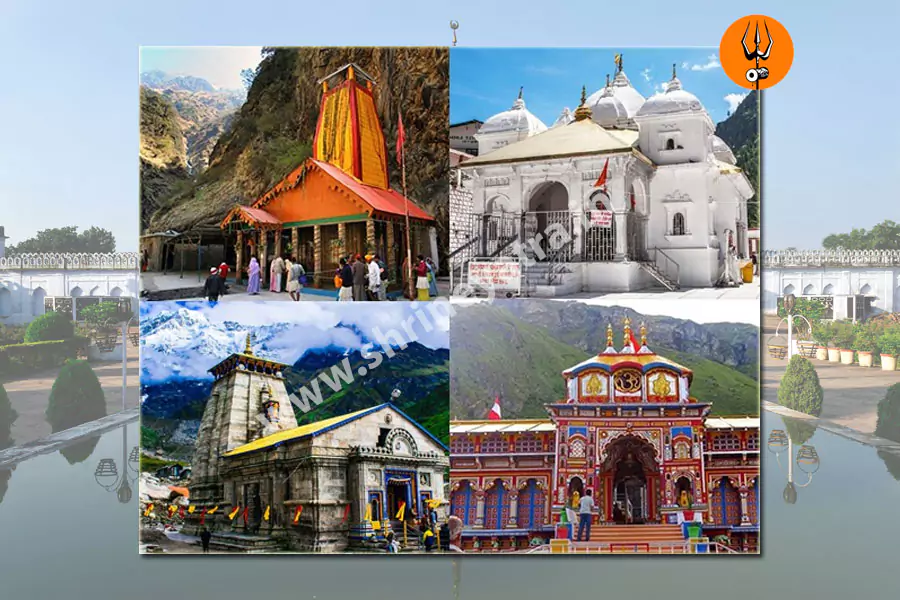
Best Time to Visit Tungnath – Seasonal Guide & Travel Tips
Wondering about the best time to visit Tungnath? This sacred site, nestled in the majestic Himalayas, draws visitors for its spiritual significance and stunning natural beauty. Timing your visit is crucial to ensure you experience Tungnath in all its glory, whether you’re trekking to the highest Shiva temple or soaking in the scenic views. Factors like weather, trekking conditions, and temple access determine the ideal time to explore this heavenly destination. Let’s delve into the details to plan the perfect trip.
About Tungnath
Historical and Spiritual Significance
Tungnath, the highest of the Panch Kedar temples, holds immense religious importance. Dedicated to Lord Shiva, it is believed to have been built over a thousand years ago. This temple is not just a spiritual haven but also a testament to the rich heritage of Hinduism.
Location and Accessibility
Located in Uttarakhand’s Rudraprayag district at an elevation of 3,680 meters, Tungnath is a short trek from Chopta, often referred to as the “Mini Switzerland of India.” The journey to Tungnath is as captivating as the destination, with picturesque trails and panoramic mountain views.
Seasonal Overview for Visiting Tungnath
Summer (April to June)
Summer is considered the best time to visit Tungnath. The snow begins to melt, revealing vibrant greenery and clear skies. With temperatures ranging from 10°C to 20°C, the weather is perfect for trekking and temple visits.
Monsoon (July to September)
The monsoon transforms the region into a lush green paradise. However, heavy rains can cause landslides and make trekking trails slippery, posing challenges. For adventurous travelers seeking solitude, this season can still be appealing.
Autumn (October to November)
Autumn offers crisp air, clear views of the Himalayas, and fewer crowds. The cool and pleasant weather makes it another ideal time for trekking and photography.
Winter (December to March)
During winter, the temple is closed due to heavy snowfall, but the snow-covered trails attract adventure enthusiasts for snow trekking. Temperatures can drop below freezing, so proper gear is essential.
If you’re planning a broader trip, understanding the best time to visit Uttarakhand can help you align your travel plans with the region’s prime seasons.
Best Time for Trekking Enthusiasts
For trekking enthusiasts, the best time to visit Tungnath is during summer and autumn. The trails are dry, the weather is stable, and the views are unparalleled. Ensure you carry trekking poles, sturdy boots, and sufficient water for a comfortable experience.
Best Time for Spiritual Seekers
The Tungnath temple typically opens in May and closes around November before winter sets in. Visiting during these months allows spiritual seekers to witness rituals and soak in the divine energy of this sacred site.
Flora and Fauna Highlights by Season
Summer Blooms and Greenery
Summer reveals a colorful array of flowers, including the famous rhododendrons. The meadows come alive with lush greenery, creating a mesmerizing sight.
Autumn Colors and Wildlife Sightings
In autumn, the golden hues of the landscape contrast beautifully with the snow-capped peaks. You may also spot Himalayan birds and small mammals along the trails.
Weather Conditions at Tungnath Throughout the Year
- Summer: Pleasant temperatures (10°C to 20°C) and clear skies.
- Monsoon: Heavy rainfall with risks of landslides.
- Autumn: Cool and dry, with clear views and moderate temperatures.
- Winter: Sub-zero temperatures and heavy snowfall.
Monsoon Warnings and Safety Tips
Visiting during monsoon requires caution due to slippery trails and potential landslides. Always:
- Check weather forecasts before starting the trek.
- Carry rain gear and waterproof bags.
- Trek in groups or with a local guide for safety.
Winter Adventures at Tungnath
While the temple remains closed, winter offers unique experiences like snow trekking and breathtaking views of the snow-covered landscape. Ensure you have thermal wear, snow boots, and trekking equipment to navigate the challenging terrain.
Photography Opportunities
Tungnath is a photographer’s paradise. The best time to visit Tungnath for photography is during summer and autumn when the landscapes are vibrant, and the skies are clear. Don’t miss capturing the sunrise and sunset from Tungnath or nearby Chandrashila Peak.
Packing Tips Based on Seasons
- Summer: Light layers, sunscreen, and trekking essentials.
- Monsoon: Raincoat, waterproof backpack, and sturdy boots.
- Autumn: Warm layers and camera gear.
- Winter: Thermal wear, gloves, and snow gear.
Travel Tips for Visiting Tungnath
- Accommodation: Stay in Chopta for easy access to Tungnath. Options range from budget stays to eco-friendly lodges.
- Transport: The nearest railway station is Haridwar, and Jolly Grant Airport in Dehradun is the closest airport. Local buses and taxis connect to Chopta.
- Guides: Hiring a local guide enhances your experience with insights into the region’s history and culture.
Consider combining your Tungnath visit with a Chardham Yatra with Tungnath Tour Package for a spiritually enriching and well-organized journey.
Nearby Attractions to Explore
Chandrashila Peak
A short trek from Tungnath, Chandrashila Peak offers panoramic views of the Himalayas, including Nanda Devi and Trishul.
Deoria Tal
A tranquil lake surrounded by lush forests, Deoria Tal is perfect for camping and photography.
Cultural Insights and Local Festivals
Tungnath’s region is rich in culture, with festivals like Maha Shivratri celebrated with great enthusiasm. Participating in local customs adds a unique dimension to your visit.
Conclusion
The best time to visit Tungnath depends on your preferences—whether it’s the vibrant greenery of summer, the serene beauty of autumn, or the snowy adventures of winter. Each season offers something unique, making Tungnath a year-round destination worth exploring. Plan your trip wisely and create memories to cherish for a lifetime.
FAQs
1. What is the best time to visit Tungnath temple?
The temple is best visited between May and November when it is open and accessible.
2. Can I visit Tungnath during the monsoon?
Yes, but it’s risky due to landslides and slippery trails. Proceed with caution.
3. Is Tungnath open in winter?
No, the temple closes in winter due to heavy snowfall. However, the trek remains open for snow trekking enthusiasts.
4. What is the difficulty level of the Tungnath trek?
The trek is moderate and suitable for beginners with basic fitness levels.
5. Are there accommodations near Tungnath?
Yes, Chopta offers a variety of accommodations, including budget stays and eco-friendly lodges.
For detailed packages, visit our Chardham Tour Package by Road page.




